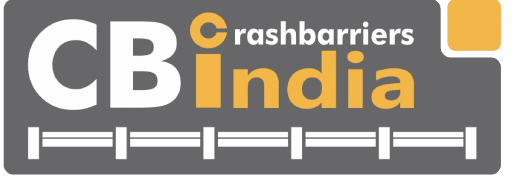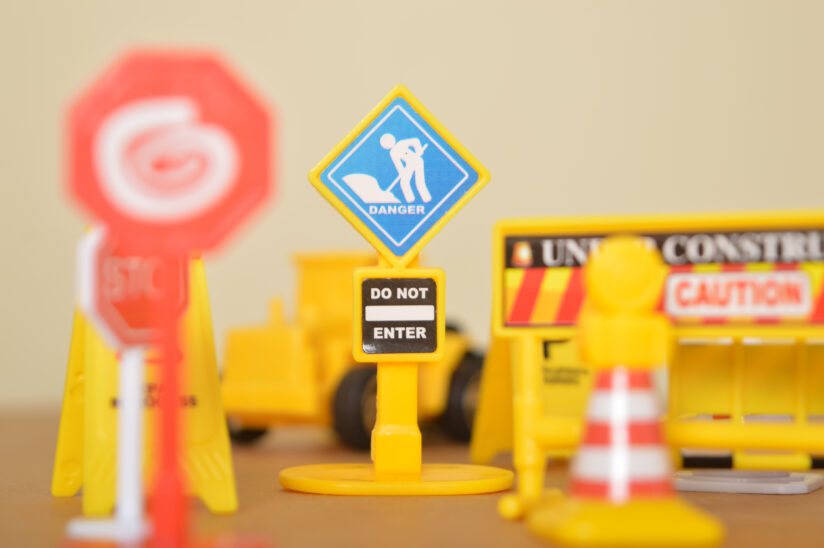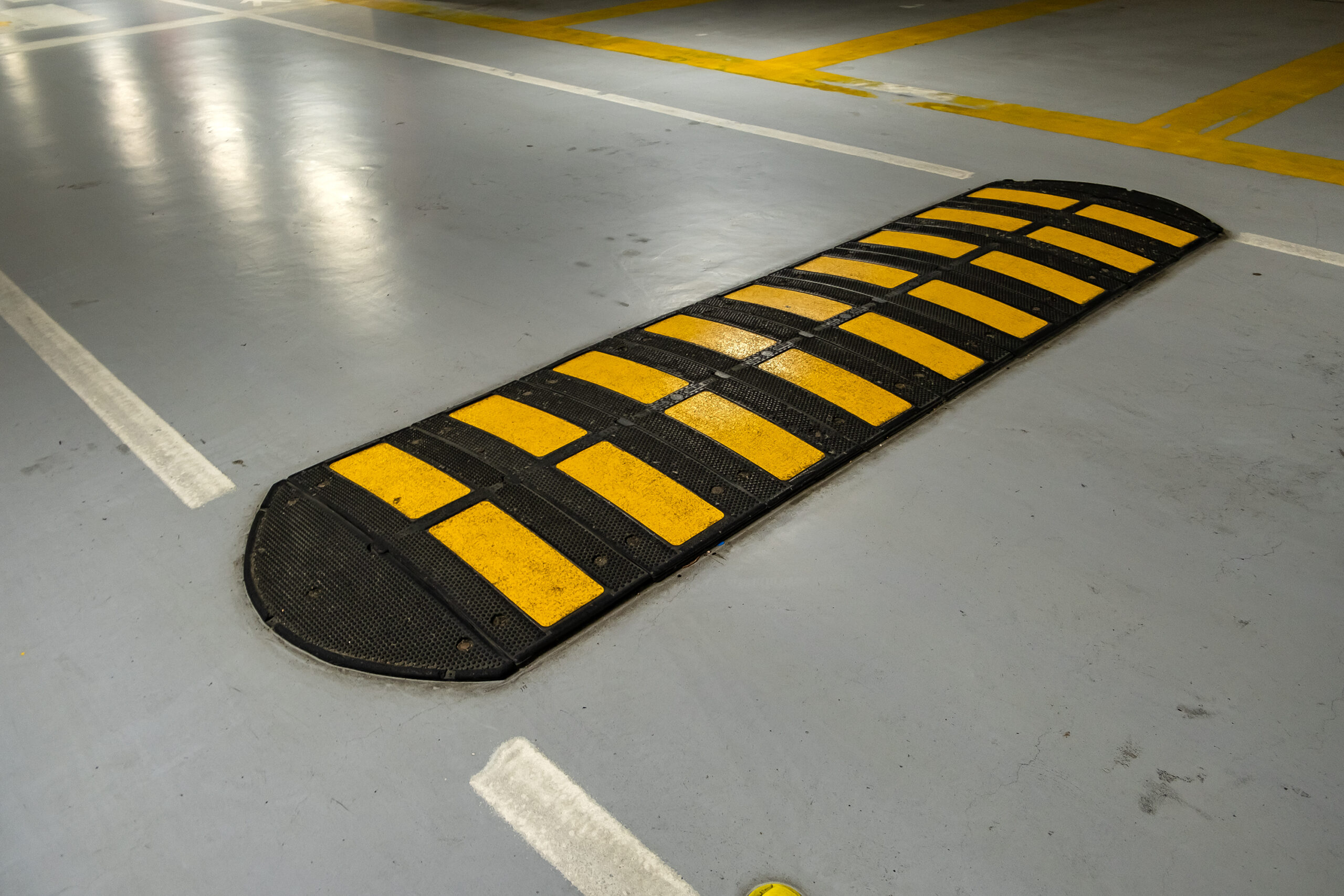Road Safety Products That Actually Win Government Tenders
For businesses supplying road safety products, winning government tenders is a key goal. But offering a good product does not guarantee success as it requires understanding of several factors like how tenders work, what government agencies prioritize, and how to meet their expectations.
Government buyers work with strict criteria. It is not only the cheapest option they look for— they prefer those that are tested, compliant, durable, and that can be installed quickly and maintained easily.
Here’s what you need to know—and do—to improve your chances of winning tenders for road safety products.
Start with Standards That Matter
Government authorities don’t take a chance on products that are not verified. They abide by the regulations specified by the national and state regulatory bodies. If your product fails to abide by these standards, it won’t even be considered. The first step to ensure the products comply with the necessary standards is to get the certifications.
Get your products tested in accredited labs. Keep your compliance reports ready and updated. It’s not enough to simply say your product is “as per norms.” You must prove it.
This is especially true for critical items like crash barriers, reflective road studs, and guardrails. When you submit your bid, highlight these credentials clearly. Back them with scanned copies of test results and relevant approvals.
Focus on What They Actually Want
Attempting to provide a unique product might give one an edge, but unfortunately, that is not always the case, especially in public procurement.
Government agencies mostly seek essential, proven safety tools. They seek for products that are widely used in both national and local projects, and that appear regularly in tenders. Start with these essentials. Get your reliability and reputation established first before you decide to launch more innovative or client-tailored products.
Prioritize Durability and Easy Maintenance
Most vendors make the major error of providing products that seem great on paper but when fielded they regularly require maintenance. Government buyers like to have system installations that continue to work for a long time and need a small amount of maintenance.
That means you should avoid materials that corrode quickly, fade under sunlight, or crack with regular use. Focus instead on:
- Galvanized steel or aluminum for metallic products
- UV-resistant plastic for bollards and studs
- High-reflectivity paint or sheeting for signage
- Modular components that are easy to replace individually
Be Strategic with Pricing
Those days are long gone when agencies favored only the lowest price. Many agencies now use a weighted evaluation method that considers both technical quality and price. That means a well-priced, well-documented bid can beat a cheaper, poorly-prepared one.
Follow these strategies to prepare a strategic pricing:
- Benchmark your pricing against past tenders in your category.
- Make sure to present your quote clearly—materials, transport, taxes, installation.
- If your product has a longer lifecycle, explain how that saves money over time.
Properly Organize Your Documents
Even strong bids get rejected due to poor documentation. Your submission must be complete, clearly labeled, and in the format requested.
Here’s what most tendering authorities expect:
- Company registration and GST certificate
- Product brochures with clear specifications
- Test certificates and quality standards
- Past performance documents (completion certificates, work orders)
- Declaration forms, signed affidavits, and checklists as specified
Scan your documents in high resolution. Name your files clearly. Use bookmarks in PDFs if allowed. Make the evaluator’s job easier—and you increase your chances of selection.
Demonstrate Real-World Performance
Government evaluators rely on real-world evidence more than fancy technical terms. If your product improves safety, show it with photos, site references, or testimonials.
Instead of just writing “high-reflective road studs,” include a photo of your product on a real highway stretch. Or if your crash barriers helped reduce accidents in a specific area, briefly describe the outcome.
Avoid exaggeration. Use real facts. It shows you understand the ground reality—not just the theory.
Offer Post-Supply Support
It is quite often that companies neglect the importance of the “after sales” service. Authorities want assurance that if something goes wrong, you’ll be available to fix it. After-sales support is now part of many evaluation criteria. Your proposal should talk about your support services as it is a sign of professionalism and the customers will surely have more trust.
In Conclusion
Winning a tender for traffic safety equipment isn’t rocket science. It’s about getting ready, proving, and hitting the mark. It’s about preparation, proof, and precision. Stick to compliant products. Focus on categories in demand. Price reasonably. Back up your claims. And submit complete, clear documents.
Follow these steps, and you’ll be far ahead of many who still treat it like a guessing game.
About Crash Barriers India
Crash Barriers India is committed to raising the standard of road safety through advanced guardrail and crash barrier solutions. We supply and install systems built for Indian conditions—across highways, industrial areas, parking facilities, and pedestrian zones. Each product is rigorously tested and designed to perform in real-life traffic situations, ensuring reliable protection where it’s needed most.




Add Comment